Teseq NSG 437-Auto
Included Accessories
Can't find something? Contact UsRelated Equipment
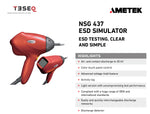
Description
Ergonomic design and advanced functionality. The NSG 437 ESD simulator is designed to sit comfortably in the operator’s hand, with operating conditions constantly displayed and accessible on a bright, clear color touch display.
NSG 437 comprehensively fulfills virtually all international standard requirements. Based on over 60 optional discharge networks, the NSG 437 can meet any of today’s automotive manufacturers’ standards.
The simulator is simple, convenient and safe to use. The whole range of parameter settings including polarity selection, freely adjustable pulse repetition, counter functions and discharge detection is available up to the maximum discharge voltage.
The color touch display and keypad for parameter input shows the precise functional and test data with user-selectable language for convenient and safe operation worldwide. The simulator contains variable threshold selection for accurate discharge detection. This detection feature can be switched off when testing EUT’s with non-conductive surfaces, such as plastic housings. Pre-programmed settings for IEC 61000-4-2 and ISO 10605 ensure that the simulator is automatically set up correctly and the appropriate discharge network is installed. The actual RC value is displayed at all times. Molded HV discharge networks in solid cases eliminate ionization and leakage current effects. Precisely tuned combinations of RC components guarantee wave shape parameters to be within tolerances. A unique activity log is included so that the types and numbers of ESD simulations can be easily scrolled through to check what has been tested and in what timeframe.
The simulator is recalibrated and adjusted at every start. Additional features include freely adjustable pulse repetition rate, a special random generator function and an optional charge remover for discharging the EUT.
- Parameters:
- Pulse network
- 150 pF / 330 ? as per IEC 61000-4-2 and ISO 10605
- Discharge voltage
- Contact discharge: 200 ... 30'000 V (in 100 V steps)
Air discharge: 200 ... 30'000 V (in 100 V steps) - Charging voltage accuracy
- < +/- 5 %
- Frequency / repetition
- 0.5, 1, 5, 10, 20, 25* Hz (* only in AD mode)
- Polarity
- pos / neg / automatic chang
- Operating modes
- single / continuous
- Counter
- 1 ... 9'999
- Holding time
- > 5 s (charging voltage +/- 5 %)
- Discharge detection
- Yes, AD only. Indication display / acoustically
- Auto-shut-off
- After 15 minutes idle time (w/o loss of test parameters)
- Discharge tips
- exchangable, ball and point as per IEC 61000-4-2
- Display
- Color touch screen
- Power mains (base station)
- 100 ... 250 VAC 60 / 60 Hz
- Weight
- Discharge pistol (w/o cable): approx. 1.2 kg
Base station : approx. 5.7 kg - Ambient conditions (operation)
- + 5 ... +40 �C / 20 ... 80 % humidity (non condensing) / 68 ... 106 kPA
- Sets:
- NSG 437-xxx
- ESD simulator incl. power mains supply adapter & power cord
150 pF / 330 ? discharge module
Contact- and air discharge tip
Ground return cable - NSG 437-AUTO-xxx
- ESD simulator incl. power mains supply adapter & power cord
150 pF / 330 Ohm discharge module
150 pF / 2000 Ohm discharge module
330 pF / 330 Ohm discharge module
330 pF / 2000 Ohm discharge module
Contact- and air discharge tip
Ground return cable - Additional Accessories:
- INA 4421
- Tripod support for NSG 437 / NSG 438
- INA 4423
- Carry case for NSG 437 / NSG 438
- TIP30 AD
- 30 kV Air Discharge Tip
- TIP30 CD
- 30 kV Contact Discharge Tip
- TIP30 CD FAST
- Fast rise tip, approx. 0.4 ns
- TIP30 FLEX SET
- Set of flexible tips when DUT access is difficult
- VCP
- Vertical Coupling Plane
- EAS 30-x
- Grounding set 2x 470 kOhm, 0.8 m / 1.5 m / 2 m cable length
- MD 102A
- Calibration target as per IEC 61000-4-2
- INA 102A
- 50 Ohm calibration adapter for MD 102A
- INA 4381
- 150 pF / 2000 Ohm discharge module
- INA 4382
- 330 pF / 2000 Ohm discharge module
- INA 4553
- 330 pF / 330 Ohm discharge module
- Special discharge networks
- Ask our sales team for availability



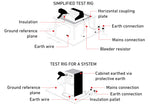

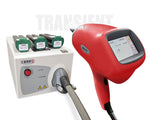
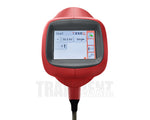


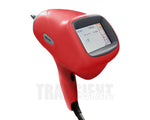
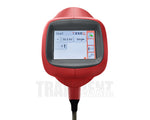
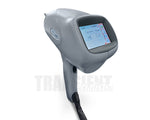
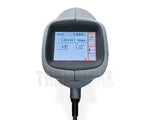
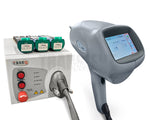
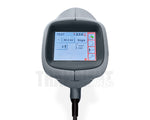
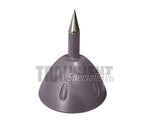
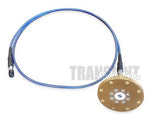
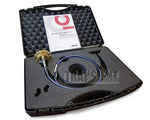
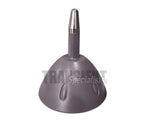


 info@transientspecialists.com
info@transientspecialists.com